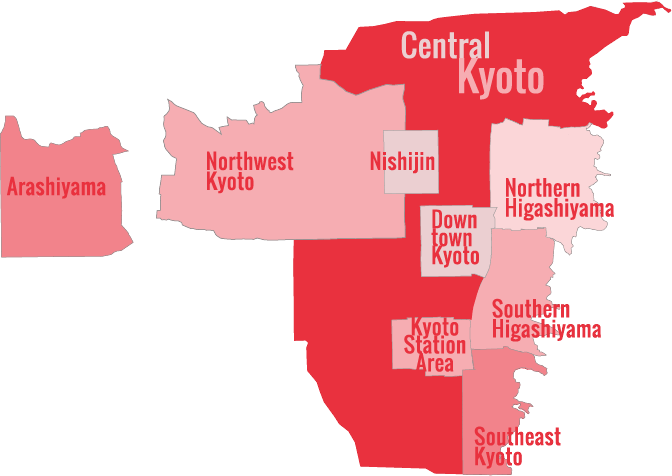
Exploring Traditional Kyoto
“Though I am in Kyoto I miss Kyoto…
Cry of the cuckoo Kyo nite mo Kyo natsukashii ya Hototogisu”
—Basho
Earthquakes, fires, floods, wars…and now ghost houses in present day Kyoto. When I read about the history of this city, it is always amazing to me that so much has survived. If you are like me, you appreciate what is most ancient and traditional in the culture of a people and place. So, with limited time to explore this UNESCO World Heritage Site, I hope to provide you with a guide to some of those traditional experiences that I have enjoyed here. The original city was arranged in accordance with traditional Chinese feng shui following the model of the ancient Chinese capital of Chang’an (present-day Xi’an). The Imperial Palace faced south, resulting in Ukyō (the right sector of the capital) being on the west while Sakyō (the left sector) is on the east. The streets in the modern-day wards of Nakagyō, Shimogyō, and Kamigyō-ku still follow a grid pattern.
Traditional Kyoto • P O Box 1636 • Langley, Washington 98260
Penny Kaela Bauer • info@traditionalkyoto.com
Much more to see at www.thegiftsproject.com
site by graysonwebdesign.com • RSS Feed • Log in
Copyright © 2025 • All Rights Reserved

